Between January and May 2015, Toddycats conducted Season 4 of our (almost) fortnightly Love MacRitchie Walks. On these walks at Venus Loop, our guides shared with participants the amazing wildlife that we have in the heart of Singapore, raising awareness about our natural heritage at risk. Love MacRitchie Walks are part of the Love Our MacRitchie Forest movement, which was launched in response to the LTA’s proposal for the new Cross Island MRT Line (CRL) to tunnel under the fragile ecosystem of MacRitchie Forest. This season, 141 participants were treated to a leisurely walk through the rainforest. Here’s a breakdown of the numbers for each walk:
- 24 Jan – 19 participants, 4 guides (photo album)
- 7 Feb – 21 participants, 7 guides (photo album)
- 22 Feb – 27 participants, 8 guides
- 7 Mar – 16 participants, 8 guides (photo album)
- 21 Mar – 17 participants, 7 guides
- 4 Apr – 20 participants, 4 guides (photo album)
- 2 May (Jane’s Walk) – 21 participants, 7 guides (photo album)
Looking at the feedback that our participants shared, it seems that once again, the cute and cuddly mammals, especially the Malayan colugo (Cynocephalus variegatus) made the deepest impression. Well, that’s hardly surprising because these really weird looking creatures that are so hard to spot are extremely adorable! We managed to spot colugos during most of our walks. And when we got really lucky, we saw two colugos together!
Slender squirrels (Sundasciurus tenuis) also showed up pretty frequently but being the skittish creatures they are, we never really managed to have a good look at it. Not until one was spotted just as we rounded up the 7 Feb walk. It was resting on a branch right where we would usually take our final group photo!
Not forgetting the long-tailed macaques (Macaca fascicularis) that showed us just how capable they are of looking for their own food in the forest. So please do not feed the monkeys as this would condition them to approach people, sparking human-wildlife conflict. This was one of the key take-home messages, which was reinforced by the HUGE new sign put up by NParks near the start of the trail!
The Malayan blue coral snake (Calliophis bivirgatus) appeared on a couple of walks. This species made quite a statement with its flashy colours, warning others that it’s highly venomous. Here’s a video of it slithering across the forest stream! Some of the other reptiles and amphibians we came across include the black-bearded flying dragon (Draco melanopogon), yellow-bellied puddle frog (Occidozyga sumatrana) and American bullfrog (Lithobates catesbeiana). The latter SHOULD NOT be found in the forest stream and it is likely to have been released by somebody. This alien species has the potential to outcompete and threaten the survival of our native forest amphibians. With Vesak Day just around the corner, Toddycats with PUB, NParks and other volunteers are conducting Operation No Release to raise awareness about the harm releasing animals into nature areas can inflict.
We also saw many birds, including the usual suspects like the greater racket-tailed drongo (Dicrurus paradiseus), olive-winged bulbul (Pycnonotus plumosus) and red jungle fowl (Gallus gallus). One of the more unusual sightings was the changeable hawk-eagle (Spizaetus cirrhatus), an uncommon resident, perching up high on an Albizia tree. Our sighting of the blue-throated bee-eater (Merops viridis) in April signaled the end of the bird migratory season. The blue-throated bee-eater tends to make a comeback in Singapore when its cousin, the blue-tailed bee-eater (Merops philippinus), a winter visitor, returns to its breeding grounds in the higher latitudes. More on the bee-eater’s migratory behaviour HERE.
And now for the creepy crawlies a.k.a. arthropods! Where ever we looked, we would spot these little creatures so we hardly ran out of things to talk about. Every little thing in the forest is interesting. You just need to look closely!

Heartgaster ants milking honey dew from scale insects under a common mahang leaf. Tripartite symbiosis in action!
Over these few months, we witnessed some changes in and around the forest at Venus Loop. Across the stream from the trail, we saw bulldozers and some new tree saplings. The area is to become the new Windsor Nature Park – one of the four new nature parks that will serve as buffer zones for the Central Catchment Nature Reserve (CCNR). These buffer zones will help ease visitor numbers within the reserve. The construction works will be completed by end 2016. More information HERE.
During the final walk on 2 May, we were shocked to see how badly the forest was hit by the previous days’ storms. Several trees were uprooted, including an Albizia tree and a couple of strangling fig trees. The forest here is what we call an edge habitat that is exposed to the elements, making it pretty susceptible. We took the opportunity to talk about the importance of buffer zones like Venus Loop in reducing the exposure of the core forest within CCNR to storms.
To round things up, here are some of the group photos we took at the end of the walks. Up next – Love MacRitchie Walks Season 5 in the second half of 2015! Keep supporting the Love MacRitchie movement to help encourage our government to reconsider the alignment of the CRL through the CCNR.
- Follow us on Facebook
- Sign the Show of Support – http://tinyurl.com/lta-crl
- Tell your friends/family about the Love MacRitchie Walks – http://lovemacritchie.wordpress/love-macritchie-walks
- Write in to the government (Land Transport Authority) to voice your concerns about the proposed alignment of CRL
- Watch, enjoy and share “Love Our MacRitchie Forest” – Official Music Video, specially produced for this movement – http://www.youtube.com/watch?v=VMKsHZzYMRw

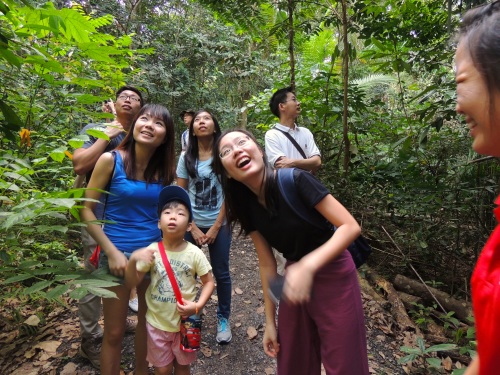

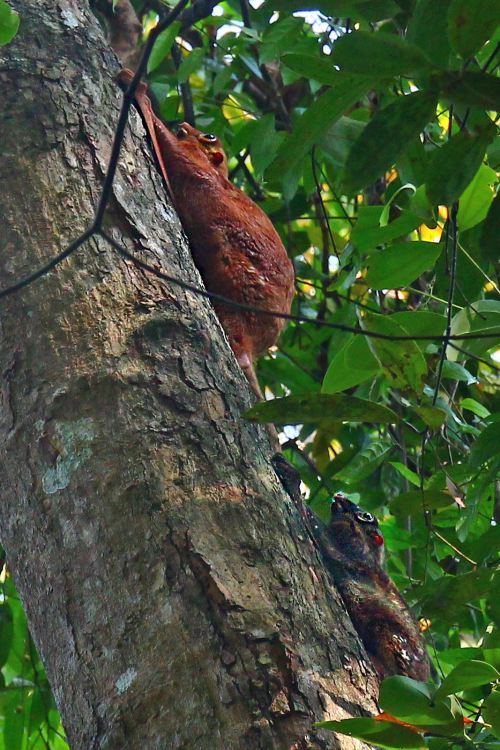
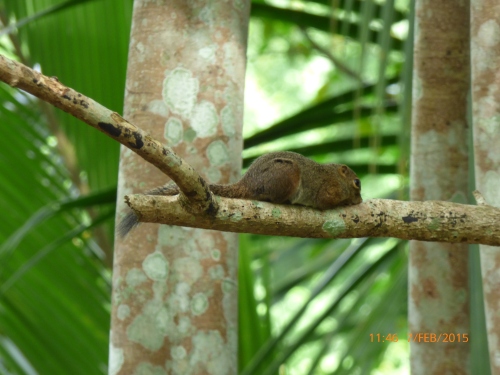




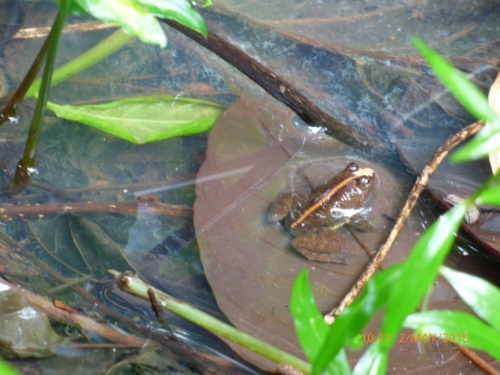




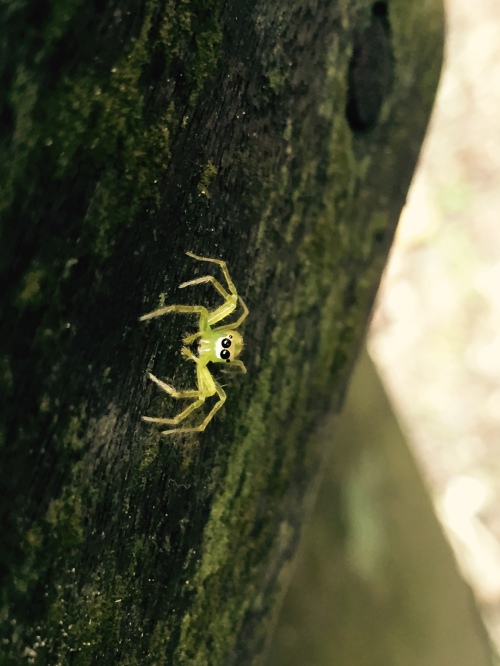
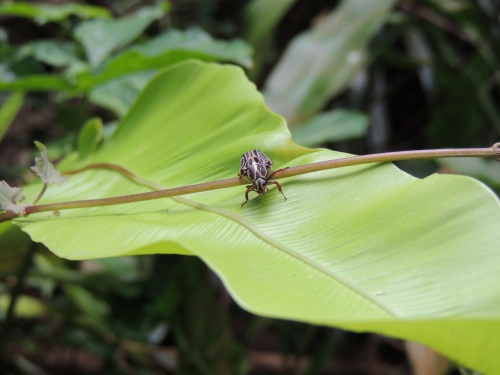






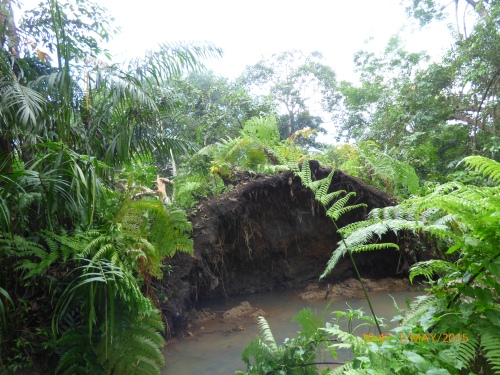














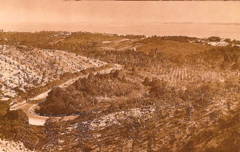




Pingback: Open for registration – Love MacRitchie Walks by Toddycats (Aug-Sep 2015) | Love our MacRitchie Forest
Pingback: Open for registration – Love MacRitchie Walks by Toddycats (Oct-Nov 2015) | Love our MacRitchie Forest
Pingback: Love Our MacRitchie Forest – raising public awareness about our forest heritage | NUS Toddycats!
Pingback: Love Our MacRitchie Forest – raising public awareness about our forest heritage | NUS Toddycats!
Aw, this was an extremely nice post. Finding the time and
actual effort to create a great article… but what can I say… I hesitate a lot and don’t manage to get anything done.